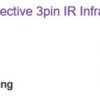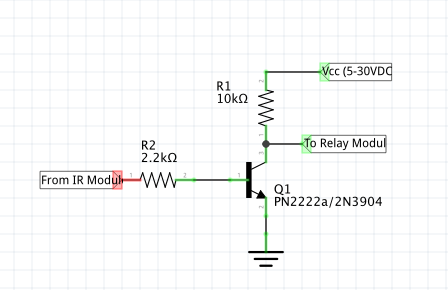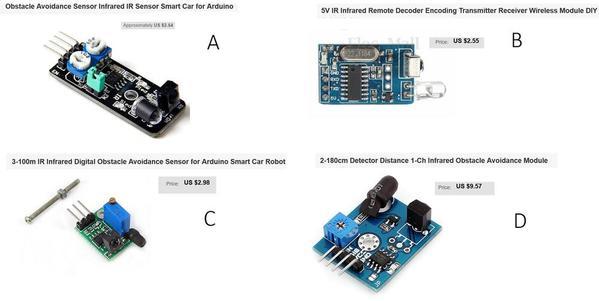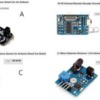Stan, In re bi-directional crossing ................."To un-reverse the "logic" you would need to fuss with external components". It would be great if you could post schematic on how these external components would be connected.
I can do so but let me know how far along you are - or just thinking of dabbling with roll-your-own ITADs. Do you actually have components or modules in-hand?
John H is using a 5V relay module that is triggered by a "low" signal...in conjunction with a bounce-the-beam (aka reflective) IR module that happens to put out a "low" signal when triggered. So this logic reversal was a consequence of modifying the operation to break-the-beam (aka transmissive).
But there are 12V relay modules. There are relay modules that can be triggered by "low" or "high" signals. And perhaps the biggest leverage when rolling-your-own is having the time/interest to mess with components and do some soldering. Hence I ask where you're "coming from" so I can tailor the suggestions. Do you buy-in (have space on your layout) to use the break-the-beam approach?
Do you need time-delay like an off-the-shelf ITAD? Note that for bi-directional operation with two ITADs one function of time-delay is when running a short consist that could be between the ITADs not triggering either.














